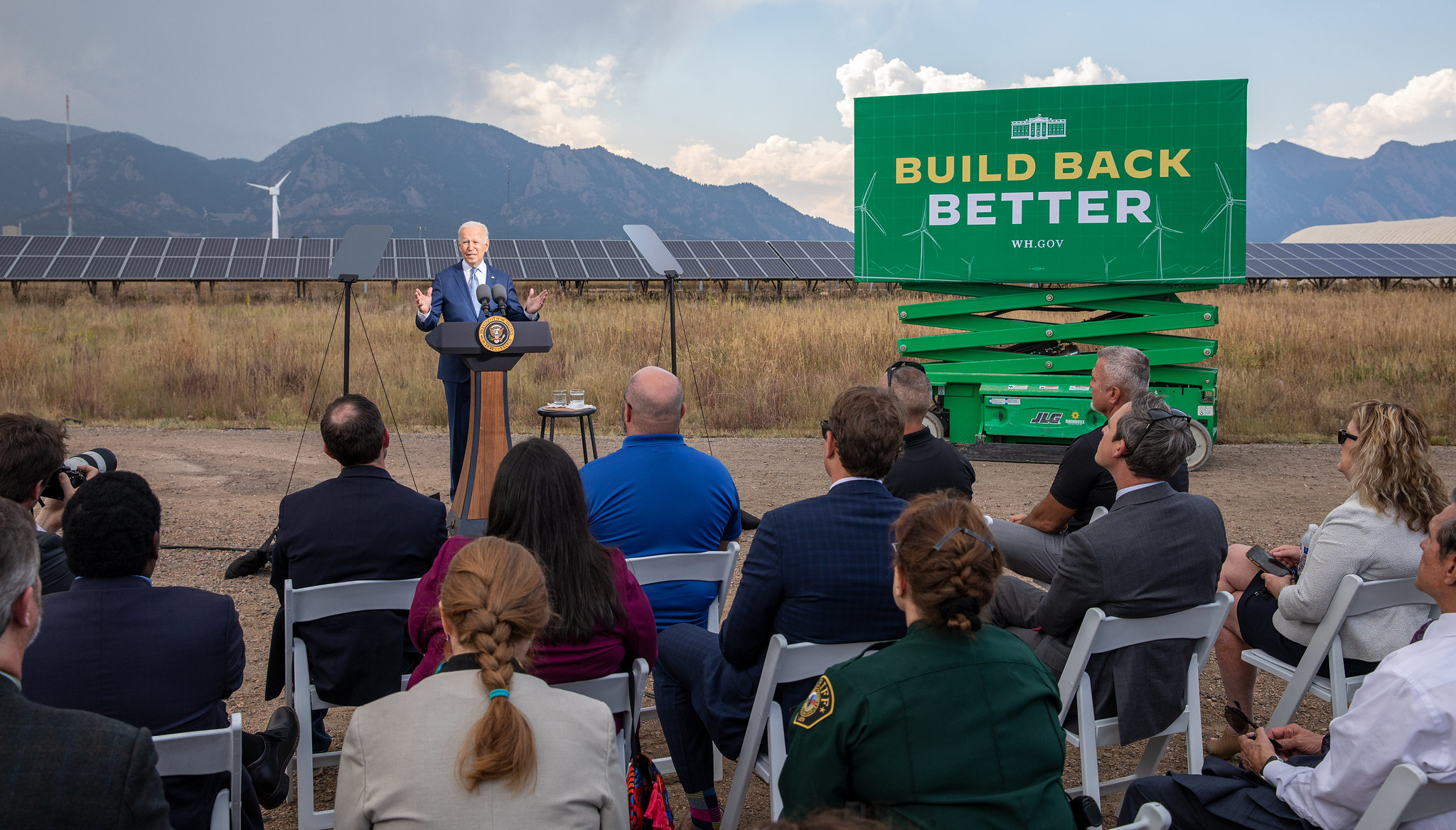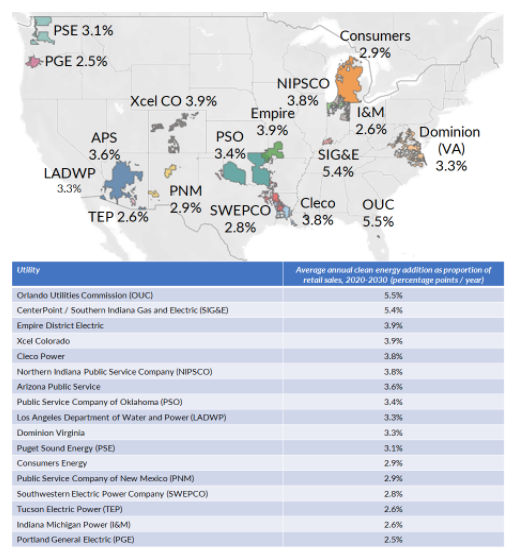In addition, rigorous new modeling from the DOE, as part of its Solar Futures Study, found that a rapid transition to clean electricity over the coming decade is achievable while maintaining reliability, keeping costs low, and expanding the energy workforce. The National Renewable Energy Laboratory (NREL) also demonstrated the reliability of the grid under 60% wind and solar energy–which, paired with existing nuclear and hydro energy, could equate to roughly 80% clean electricity.
The rapid transition to a cleaner electricity system does not mean a complete abandonment of complementary firm dispatchable electricity generation resources. Several studies, including The 2030 Report, find that relying on existing “firm” capacity, along with a rapid expansion of battery storage capacity, can ensure sufficient resources to meet peak demand.
CEPP is Ambitious and Achievable
Bottom line: CEPP builds upon utilities’ existing clean energy commitments, as well as state policies, but demands and empowers more rapid progress.
CEPP builds upon—but demands more than—utilities’ existing clean energy commitments and state policies. Annual clean power growth of 4 percentage points (p.p.) is achievable. Some utilities, but not enough, are already planning to achieve 3 p.p. per year. CEPP federal grant support and extended clean energy tax incentives will empower utilities to make more rapid progress. This means more and faster job creation and pollution reduction in every region of the country.
Some utilities have cast 4 p.p./year as too difficult to achieve—but these arguments ignore the growth of clean energy, the proven success of state policies and, sometimes, even utilities’ own public commitments.
Other voices have questioned whether the CEPP is just a giveaway to utilities for what they are already doing. That too is inaccurate. The 4 p.p. annual clean energy trajectory exceeds the highest-ever U.S. clean power growth in a single year—2.3 p.p. in 2020. CEPP grants are provided only for those utilities that reach 4 p.p., and are paid only for clean MWh that utilities add above 1.5 p.p. in growth.
These thresholds are important: CEPP does not pay utilities for what they are already doing, nor does it demand more than can be achieved. CEPP hits the sweet spot by being ambitious and achievable, unlocking a rapid transition to more carbon-free energy with a technology-neutral policy that will create jobs and maintain grid reliability throughout the country.


